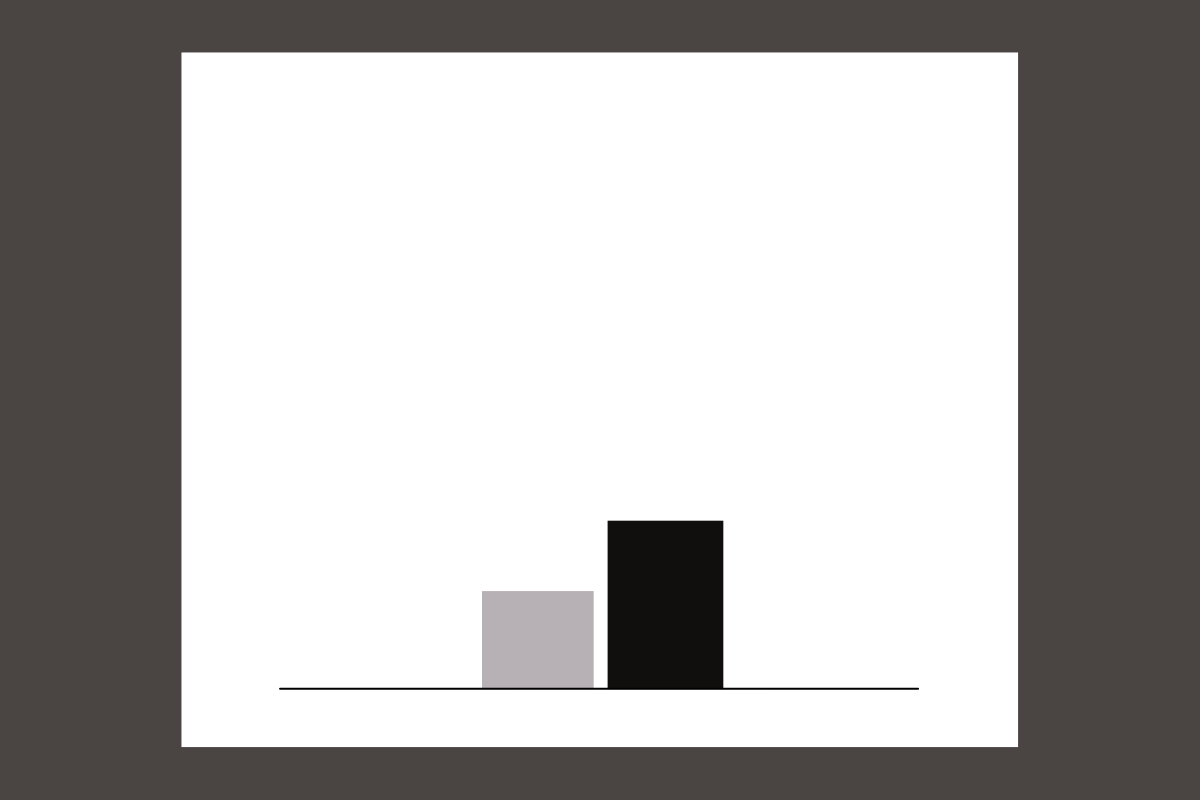Protective Put Strategy
What Is a Protective Put?
- A Protective Put is one of the simplest ways to protect your money when you own stocks. It’s like buying insurance for your shares.
- In the stock market, prices can go up and down fast. No one wants to lose too much money if prices drop suddenly. The protective put helps you limit how much you can lose — while still letting you make money if the stock goes up.
How Does a Protective Put Work?
Let’s break it down step by step:
1. You own a stock you like.
2. You buy a put option for that stock.
3. The put option gives you the right to sell your stock at a fixed price — called the strike price — before a certain date.
So, if the stock price crashes, you can still sell it at the strike price, which is higher than the new low price. That’s how you protect your money!
Business News
A Simple Example
Imagine you have shares of a company called ABC Ltd. You bought them at ₹500 each.
- You worry the market might go down, so you buy a protective put option with a strike price of ₹480.
- If the stock falls to ₹420, you can still sell your shares at ₹480.
- If the stock goes up to ₹550, you don’t use the put. You just let it expire and keep your profit (minus the small cost you paid for the put).
The small cost is like paying for insurance. You may not need it — but it saves you if things go wrong.
- You worry the market might go down, so you buy a protective put option with a strike price of ₹480.
Why Do People Use Protective Puts?
People use the protective put strategy for peace of mind.
1. It lets you stay invested in the stock market without worrying too much about sudden price drops.
2. You can keep your shares for the long term but know your losses are limited.
3. It’s a smart plan when the market feels uncertain or risky.
When Should You Use a Protective Put?
Use this strategy if you:
- Own a stock you want to keep for the long run.
- Worry the stock might go down soon.
- Want to protect gains you’ve already made.
- Want to sleep well at night knowing your losses are limited.
- Own a stock you want to keep for the long run.
Business News
How Much Does It Cost?
The put option you buy costs money — this is called the premium. It’s like paying for an insurance policy.
The price depends on:
- How close the strike price is to the current stock price.
- How much time you want the protection for.
- How volatile the stock is (how much it goes up and down).
Tip: The closer the strike price is to your stock’s current price, the more you pay — but you get more protection.
- How close the strike price is to the current stock price.
Features of the Protective Put
Here’s what makes this strategy special:
1. Downside Protection: It limits how much money you can lose if the stock falls.
2. Profit Potential: If the stock price goes up, you keep all the gains.
3. No Obligation: You don’t have to use the put if you don’t want to.
4. Time Limit: The put option expires after a certain time, so you need to buy a new one if you want ongoing protection.
Benefits of a Protective Put
- Keeps you in the game: You don’t need to sell your shares during small dips.
- Better than stop-losses: No automatic sale — you decide if you want to use it.
- Unlimited upside: You can still make as much profit as the stock gives you.
- Simple safety net: It’s one of the easiest ways to use options for protection.
Protective Put vs. Stop-Loss Orders
- Some investors ask: “Can’t I just set a stop-loss order?”
- A stop-loss is when your stock is sold automatically at a certain price. But in a fast-moving market, you might get less than you hoped for.
- A protective put locks in your sell price no matter how quickly the market drops. You have control. That’s why many traders prefer protective puts in volatile markets.
Quick Example: How It Helps
- Let’s say your stock is ₹1,000 and you buy a put with a strike price of ₹950. You pay a ₹20 premium.
- If the stock falls to ₹900 — you sell at ₹950 using your put. Your loss is only ₹70 per share (₹50 drop + ₹20 premium) instead of ₹100.
✅ If the stock goes up to ₹1,100 — your put expires, and you keep your profit minus the ₹20 premium.
Key Takeaway
- A Protective Put Strategy is like having a safety net for your shares. It helps you stay invested, keeps your risk under control, and gives you confidence when markets are unpredictable.
- If you’re new to options trading, a protective put is one of the easiest ways to learn how options work — with limited risk and unlimited profit potential.
- All Posts
- Become Partner
- Broker Review
- Crypto
- IPO
- Mutual Fund
- Recent News
- Recent Updates
- Stock Market

Meta Infotech IPO Day 1: Strong Start with ₹80.18 Cr Issue, GMP at ₹35 in Grey Market Meta Infotech IPO ...

Brigade Hotel Ventures Raises ₹126 Crore in Pre-IPO Round Ahead of ₹900 Cr Public Issue 📍 New Delhi | 🗓️...

Fourfront Limited Files DRHP for SME IPO; To Issue 65 Lakh Shares on BSE SME Mumbai (Maharashtra), July 4, 2025...

Travel Food Services GMP Travel Food Services Limited’s Initial Public Offering (IPO) is already making waves in the market—even before...
By Popular Top Share Brokers

Motilal Oswal
30 days brokerage free trading
Free – Personal Trading Advisor

AngelOne
Free Equity Delivery
Flat ₹20 Per Trade in F&O

Profit mart
Free Equity Delivery
Flat ₹20 Per Trade in F&O

ProStocks
Unlimited @ ₹899/month
Rs 0 Demat AMC

Upstox
FREE Account Opening
Flat ₹20 Per Trade

Paytm Money

Pay ₹0 brokerage for first 10 days
Flat ₹20 Per Trade

Fyers
Free Eq Delivery Trades
Flat ₹20 Per Trade in F&O




